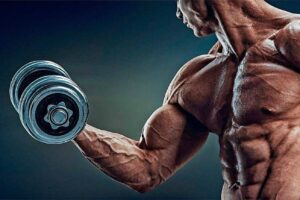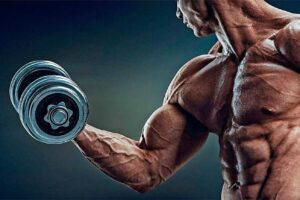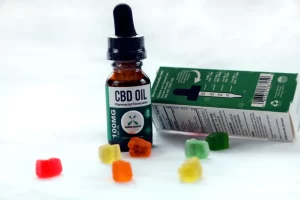Hunter Test Dosage and Usage: Optimal Strategies for Success
When it comes to achieving optimal results with any supplement, including Hunter Test, understanding the proper dosage and usage is essential. In this article, we will explore the recommended dosage and usage guidelines for Hunter Test, providing strategies for success.
The recommended dosage for Hunter Test is six capsules per day. It is advisable to take two capsules in the morning, two capsules in the afternoon, and two capsules in the evening. It is important to follow the recommended dosage instructions provided by the manufacturer for optimal results.
To maximize the effectiveness of Hunter Test results, it is recommended to take the capsules with a meal. This can help improve absorption and minimize the potential for gastrointestinal discomfort. Taking the supplement with food also helps ensure that the body has the necessary nutrients to support the absorption and utilization of the ingredients.
Consistency is key when it comes to using Hunter Test. It is recommended to take the supplement consistently and at the same times each day. This helps maintain a steady level of the ingredients in the body and supports optimal hormone regulation.
It is important to note that Hunter Test is designed for adult males. Women, individuals under the age of 18, and individuals with pre-existing medical conditions should consult with a healthcare professional before using the supplement. They can provide personalized guidance based on individual circumstances and determine if Hunter Test is suitable.
As with any supplement, it is crucial to be patient and allow time for the product to take effect. Individual responses to supplementation can vary, and it may take several weeks of consistent use to notice significant results. It is recommended to use Hunter Test for a sustained period, in conjunction with a healthy lifestyle and regular exercise, to optimize its potential benefits.
It is worth mentioning that more is not necessarily better when it comes to supplement dosage. It is important to adhere to the recommended dosage and avoid exceeding the suggested intake. Taking more than the recommended dosage does not guarantee faster or better results and may increase the risk of potential side effects.
Continue Reading












































